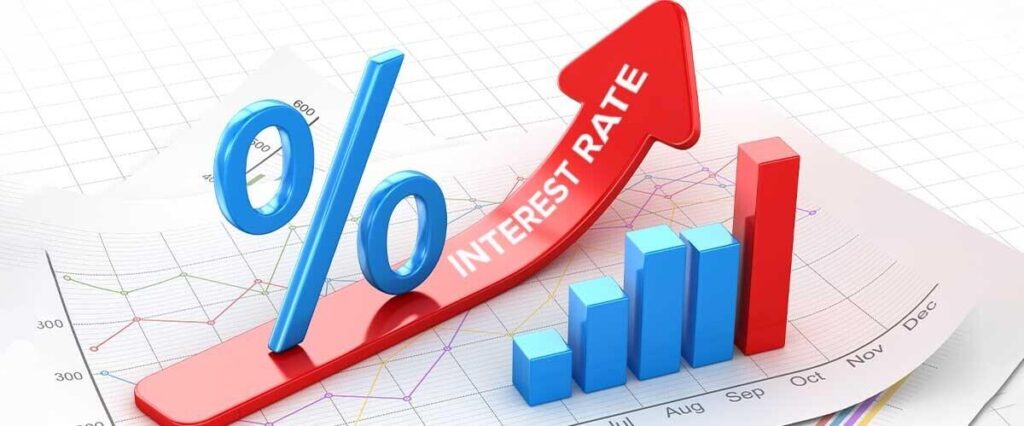THE RELATIONSHIP BETWEEN MONEY SUPPLY AND INFLATION: A COMPREHENSIVE ANALYSIS
Inflation is a critical economic indicator that impacts the purchasing power of consumers, the stability of financial markets, and the overall health of an economy. One of the key factors believed to influence inflation is the money supply. This comprehensive analysis aims to explore the relationship between money supply and inflation by examining various theories, empirical studies, and historical data. By understanding this complex relationship, policymakers and central banks can make more informed decisions to control inflation and foster economic stability.
1. Introduction
Inflation is the sustained increase in the general price level of goods and services over a specified period. It erodes the value of money and affects the cost of living for individuals and businesses. Governments and central banks worldwide continuously strive to maintain stable and moderate inflation rates to ensure economic growth and stability. One crucial factor believed to influence inflation is the money supply, which encompasses currency, demand deposits, and other liquid assets circulating within an economy.
2. Theories on the Money Supply-Inflation Relationship
2.1. Quantity Theory of Money
The Quantity Theory of Money, proposed by Irving Fisher and later refined by Milton Friedman, suggests a direct relationship between money supply and inflation. According to this theory, if the money supply increases more rapidly than the growth of goods and services in an economy, inflation will result. Central banks can influence inflation by controlling the money supply through monetary policy tools, such as open market operations and interest rates.
2.2. Monetarism
Monetarists, including Milton Friedman, emphasize the significance of controlling the money supply to achieve stable economic growth. They argue that excessive increases in the money supply lead to inflation, which can be harmful to an economy. Monetarist policies advocate for a steady, predictable growth rate of the money supply to maintain price stability.
3. Empirical Studies on Money Supply and Inflation
3.1. Historical Data Analysis
Several empirical studies have examined historical data to understand the relationship between money supply and inflation. By analyzing various countries and time periods, researchers have found evidence supporting the Quantity Theory of Money. However, the strength and timing of the relationship vary depending on the economic conditions and the money supply measurement used.
3.2. Money Supply Growth and Inflation Rates
In some cases, a strong correlation has been observed between the growth rate of the money supply and inflation rates. Countries experiencing rapid increases in the money supply have tended to exhibit higher inflation rates over time. However, causation is complex, and other factors, such as aggregate demand, productivity, and external shocks, can also influence inflation.
4. The Role of Central Banks
Central banks play a pivotal role in managing the money supply to achieve their inflation targets. By adjusting interest rates, conducting open market operations, and employing reserve requirements, central banks can influence the money supply’s growth rate. Striking a balance between stimulating economic growth and preventing runaway inflation remains a challenging task for policymakers.
5. Limitations and Criticisms
5.1. Endogeneity
One of the primary challenges in establishing a clear causal relationship between money supply and inflation is endogeneity. This refers to the bidirectional relationship where inflation can impact the money supply, just as the money supply can influence inflation. Untangling these intertwined relationships is a complex task.
5.2. Other Determinants of Inflation
While the money supply is undoubtedly a critical factor, inflation is affected by multiple determinants, including fiscal policy, supply shocks, exchange rates, and consumer expectations. Ignoring these other variables may oversimplify the relationship between money supply and inflation.
6. Conclusion
The relationship between money supply and inflation is a complex and nuanced one. Empirical evidence and historical data support the notion that sustained increases in the money supply can lead to inflation, as predicted by the Quantity Theory of Money. However, other factors also influence inflation, and isolating the exact impact of money supply growth remains challenging.
Policymakers and central banks must consider a wide range of economic variables when formulating monetary policies to maintain price stability and foster sustainable economic growth. While controlling the money supply is crucial, it is equally important to address other determinants of inflation to develop effective and comprehensive economic policies. Continued research and analysis will contribute to a deeper understanding of the intricate relationship between money supply and inflation, enabling better-informed decisions for the benefit of economies and societies worldwide.


